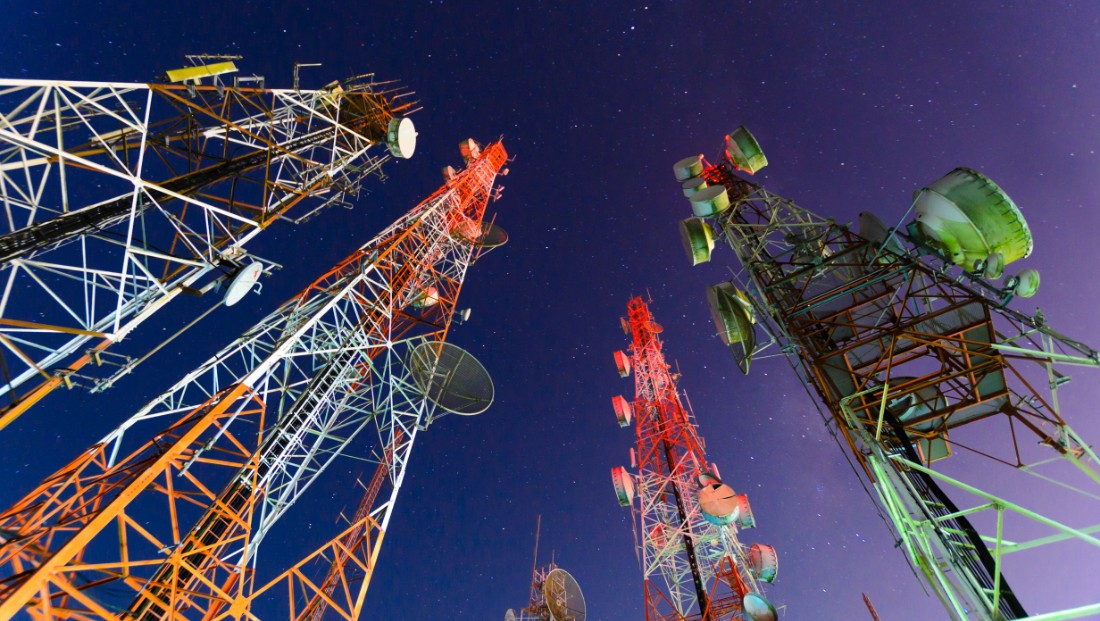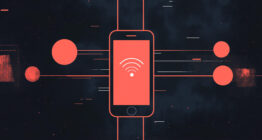Opposition emerges to 5G Broadcast proposal for low-power TV stations

Subscribe to NCS for the latest news, project case studies and product announcements in broadcast technology, creative design and engineering delivered to your inbox.
Major broadcast industry players have filed opposition comments to a Federal Communications Commission proposal that would allow low-power television stations to switch from traditional broadcasting to 5G datacasting services, raising concerns about interference, device availability and public service obligations.
HC2 Broadcasting filed a petition in March requesting FCC authorization for LPTV stations to voluntarily adopt 5G Broadcast transmission standards as an alternative to the current ATSC 1.0 and ATSC 3.0 standards. The company proposed allowing stations to dedicate their entire 6 MHz spectrum allocation to 5G services while maintaining only one free-to-air broadcast signal.
However, Sinclair and the Advanced Television Systems Committee have submitted reply comments challenging key aspects of the proposal, creating the first significant industry pushback against the initiative.
Sinclair argued that “HC2 makes no effort to demonstrate that its proposal will not cause harmful interference to other services, including broadcast television transmitting in either ATSC 1.0 or ATSC 3.0.” The company noted that “5G Broadcast is an entirely different waveform from either ATSC 1.0 or ATSC 3.0, and there is no evidence in the record that would support HC2’s assessment” that interference would not occur.
ATSC President Madeleine Noland took a more measured approach but highlighted significant technical misconceptions in the original petition.
“Those who support the Petition repeatedly imply that 5G Broadcast can be received by ‘ubiquitous’ 5G devices. This is misleading,” Noland wrote, emphasizing that “No commercially available smartphones or tablets that we are aware of in the U.S. market can receive 5G Broadcast transmissions,” wrote Noland.
The ATSC filing directly contradicted claims in HC2’s petition about device compatibility.
While HC2 stated that “5G Broadcast signals may be received by any 5G mobile device,” ATSC countered that “this is not accurate. 5G Broadcast is a distinct system, which is not supported in today’s 5G unicast mobile devices, nor can existing devices be effectively upgraded to receive 5G Broadcast.”
The standards organization noted that “today’s mobile phones, even 5G models, cannot be updated to receive broadcast signals from television spectrum allocations delivered via either 5G Broadcast or ATSC 3.0” due to fundamental differences in frequencies and bandwidth requirements.
Sinclair’s filing cited Brazil’s recent evaluation of broadcast technologies as evidence against 5G Broadcast adoption. The company noted that Brazil’s broadcast forum “received 31 responses from 21 different organizations worldwide, resulting in 30 candidate technologies” and that “5G Broadcast was not even chosen for final evaluation in field testing because of its inferior performance.”
According to Sinclair, ATSC 3.0 demonstrated “greater spectral efficiency, with higher throughput for both fixed indoor reception and high-speed mobile reception” and provided “a 3 dB to 11 dB performance advantage in a mobile use case, depending on vehicle speed.”
Beyond technical concerns, Sinclair raised policy objections to HC2’s proposal to potentially eliminate broadcast television requirements for LPTV stations.
The company argued that the petition “expressly asks the Commission to entirely eliminate the requirement that LPTV stations engage in broadcasting television services” and warned this “would be a significant step, completing eliminating all public interest obligations for one group of broadcasters.”
Despite the opposition, HC2’s proposal has attracted support from multiple LPTV operators and equipment manufacturer Qualcomm. Qualcomm endorsed the petition, stating it “urges the Commission to initiate a rulemaking proceeding to consider rule modifications that will permit LPTV stations to use 5G Broadcast on a voluntary basis, because it will foster broadcast innovation, enhance competition and public safety, and expand service offerings to the public.”
Several LPTV licensees filed supportive comments, with Wallingford Broadcasting stating that “television broadcasters must be open minded and embrace new technologies that can reach viewers where they are and how they like to be reached.”
HC2 has emphasized that its proposal includes safeguards for existing broadcast obligations. The company clarified that it “was quite clear in calling for the Commission to require at least one free-to-air broadcast video signal using the 5G Broadcast standard” and that the proposal specifically states that “all 6 MHz of an LPTV station’s licensed spectrum, other than one free-to-air signal, be available for ancillary and supplementary services.”
The company also noted that experimental testing has demonstrated emergency alert capabilities, with one station showing “the delivery of a streaming channel and emergency alerts to smartphones within 0.5 seconds, showcasing the technology’s reliability and immediacy.”
The proceeding represents a broader debate about the future of broadcast technology and spectrum efficiency.
HC2 has cited Nielsen data showing that “streaming services reached a historic milestone in May 2025 as their share of total television usage outpaced the combined share of broadcast and cable for the first time ever, with broadcast television accounting for only 20.1% of television usage.”
Subscribe to NCS for the latest news, project case studies and product announcements in broadcast technology, creative design and engineering delivered to your inbox.





tags
5G Broadcast, ATSC, Datacasting, FCC, HC2 Broadcasting, Low Power Television (LPTV), NextGen TV ATSC 3.0, Qualcomm, Sinclair Broadcast Group, sinclair broadcasting, Wallingford Broadcasting
categories
Broadcast Business News, Broadcast Engineering, Featured, NextGen TV, Policy